In all things of nature, there is something of the marvelous
--Aristotle
--Aristotle
----------------------------------------------------------------------------------------------------
February 6, 2014: Hạ Long Bay
Hi again everyone and welcome to Hạ Long Bay, literally the "descending dragon bay", which I'll explain in a moment. It was the next stop on our Friends of Dave AMA Waterways Vietnam/Cambodia tour and cruise.
It's February 6th, 2014 and we're still in Vietnam, having just left Hanoi, and busing to Halong City and the Bai Chay pier. The smaller ship above on the left is ours for the rest of the day and most all of tomorrow.
I saw bright blue-sky pictures of this magical place many years ago, probably in National Geographic or some such magazine. At the time I never imagined I'd be there someday. But here we are, just on board our "Junk" and already being wined and dined by a really great crew...and snapping a selfie.
Hạ Long Bay one of the Seven Scenic Wonders of the World, it is another UNESCO World Heritage Site. We seem to run into those in our travels lately.

Hạ Long Bay covers nearly a thousand square miles. It consists of a dense cluster of some 1,600 limestone monolithic islands, with each topped with thick jungle vegetation, rising quite spectacularly from the bay.
There are two bigger islands, that have permanent inhabitants, as well as tourist facilities including hotels and beaches. There are also a number of beautiful beaches on the smaller islands as well. We were doing something much more fun than hotels and beaches, however, living the high-life on our 'junk', however briefly, and enjoying the fantastic scenery.
Junks sure aren't what they used to be, eh?
The limestone in this bay has gone through 500 million years of formation in different conditions and environments. The evolution of this karst has taken 20 million years under the impact of the tropical wet climate. Limestone tends to melt in the rain. There are basically two seasons there, hot and steamy, cool and rainy.
We hit it on an in-between day, cool with a disappointing fog taking much of the color from our island pictures, at least when I had to shoot right through it on our first day. Things got better the next day, but we never saw the sun while there.
As you might expect, there are legends that go with this special place, and because of where it's located, naturally, dragons are involved.
According to local legend, when Vietnam had just started to develop into a country, they had to fight against invaders. Vietnam fighting invaders? Well surprise, surprise. That defending Vietnam situation seems like something that never really ever stopped until fairly recent times.
Anyway, to assist the Vietnamese in defending their country, the gods sent a family of dragons as protectors. This family of dragons began spitting out jewels and jade.
Anyway, to assist the Vietnamese in defending their country, the gods sent a family of dragons as protectors. This family of dragons began spitting out jewels and jade.
These jewels turned into the islands and islets dotting the bay, linking together to form a great wall against the invaders.
By magic, numerous rock mountains abruptly appeared on the sea, ahead of invaders' ships; the forward ships struck the rocks as well as each other. After winning the battle, the dragons did a little sightseeing around the world, and then decided to come back and live in this bay. The place where the mother dragon descended was named Hạ Long, or, as I said, descending dragon.
One of our highlights here was each couple boarding these little boats with a personal rower to get us up close and personal with some local residents' homes there. You can boat right along with us in the slideshow at the end of this travelogue.
Around 1,600 people live on Hạ Long Bay in four fishing villages.
They live on these floating houses and are sustained through fishing and marine aquaculture. They fish for some 200 species of fish and around 450 different kinds of mollusks, many of which they have cultivated themselves.
Here the floating 'supermarket' delivers the days' fresh produce. As we saw in Hanoi, the Vietnamese like their veggies fresh, no matter where they live.
The next day we cruised down to Sung Sot Cave.
The next day we cruised down to Sung Sot Cave.
Sung Sot means Surprise Cave, or Amazing Cave, and is considered one of the most spectacular and largest of the grottoes in the area.
The added lighting gave the place a wonderful glow.
The added lighting gave the place a wonderful glow.
Its two chambers contain large and numerous stalactites and stalagmites. There are several more spectacular cave pictures in the slideshow.
After leaving the cave, we headed back to shore for some shopping and buying at a little gallery on the dock. I liked and bought this watercolor.
After that we were returned to the ship to pack up and go back where we started. Next we caught a plane to fly to Siem Reap, Cambodia, but that's another travelogue for next time.
To see the Hạ Long slideshow, press F11 for full-screen mode, then click
HERE
We'll see you next time in Siem Reap, Cambodia and start visiting some very old temples.
![cheers [cheers.gif]](http://www.wineberserkers.com/forum/images/smilies/cheers.gif) Carl (& Steve
Carl (& Steve ![cheers [cheers.gif]](http://www.wineberserkers.com/forum/images/smilies/cheers.gif) )
)
To see the Hạ Long slideshow, press F11 for full-screen mode, then click
HERE
We'll see you next time in Siem Reap, Cambodia and start visiting some very old temples.
![cheers [cheers.gif]](http://www.wineberserkers.com/forum/images/smilies/cheers.gif) Carl (& Steve
Carl (& Steve ![cheers [cheers.gif]](http://www.wineberserkers.com/forum/images/smilies/cheers.gif) )
)
------------------------------------------------------------------------------------
i before e
...except when you seize the moment and run a feisty heist on a weird beige foreign neighbor.
------------------------------------------------------------------------------------
Nothing sucks more than that moment during an argument when you realize you’re wrong.
------------------------------------------------------------------------------------
------------------------------------------------------------------------------------
Nothing sucks more than that moment during an argument when you realize you’re wrong.
------------------------------------------------------------------------------------

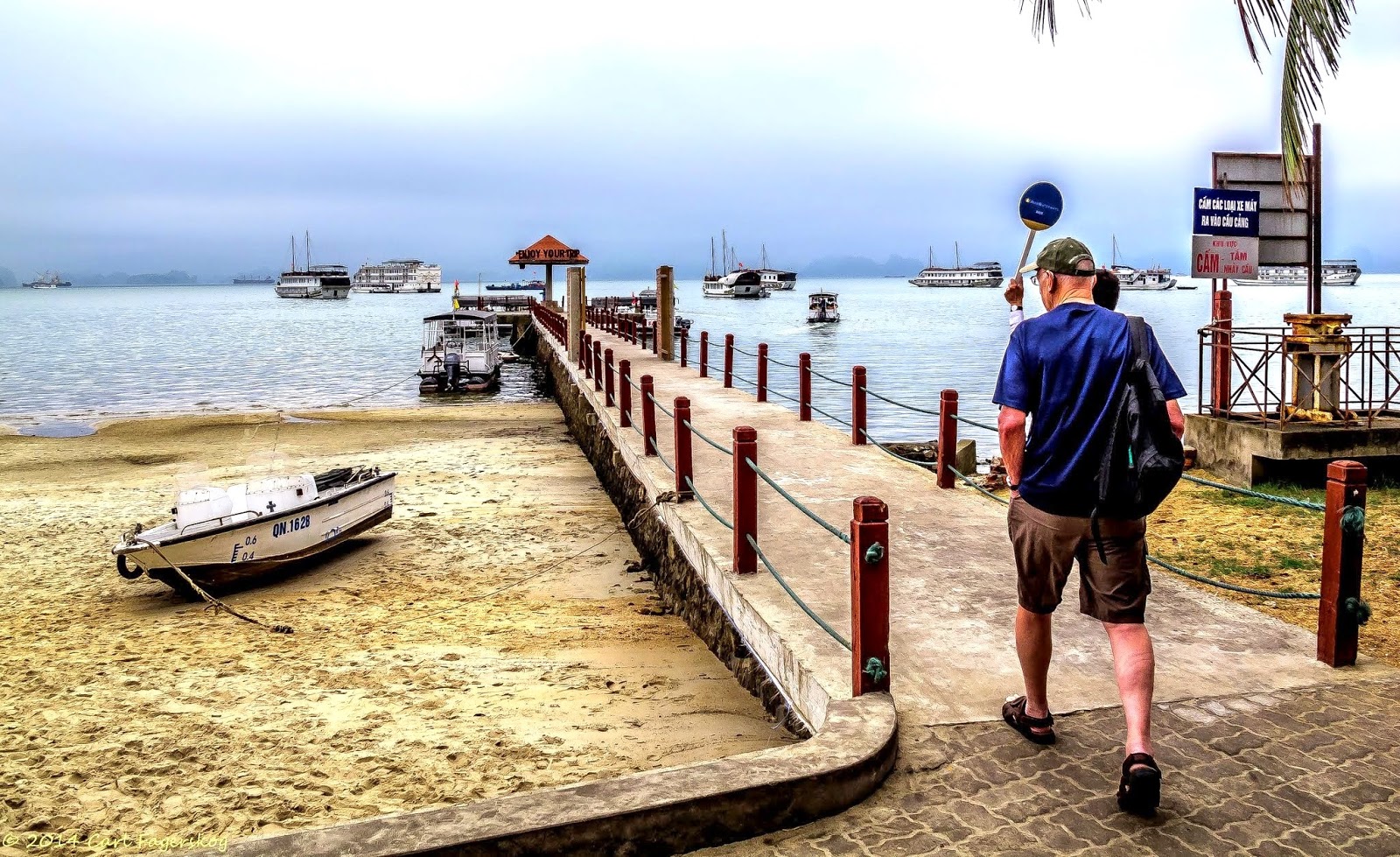












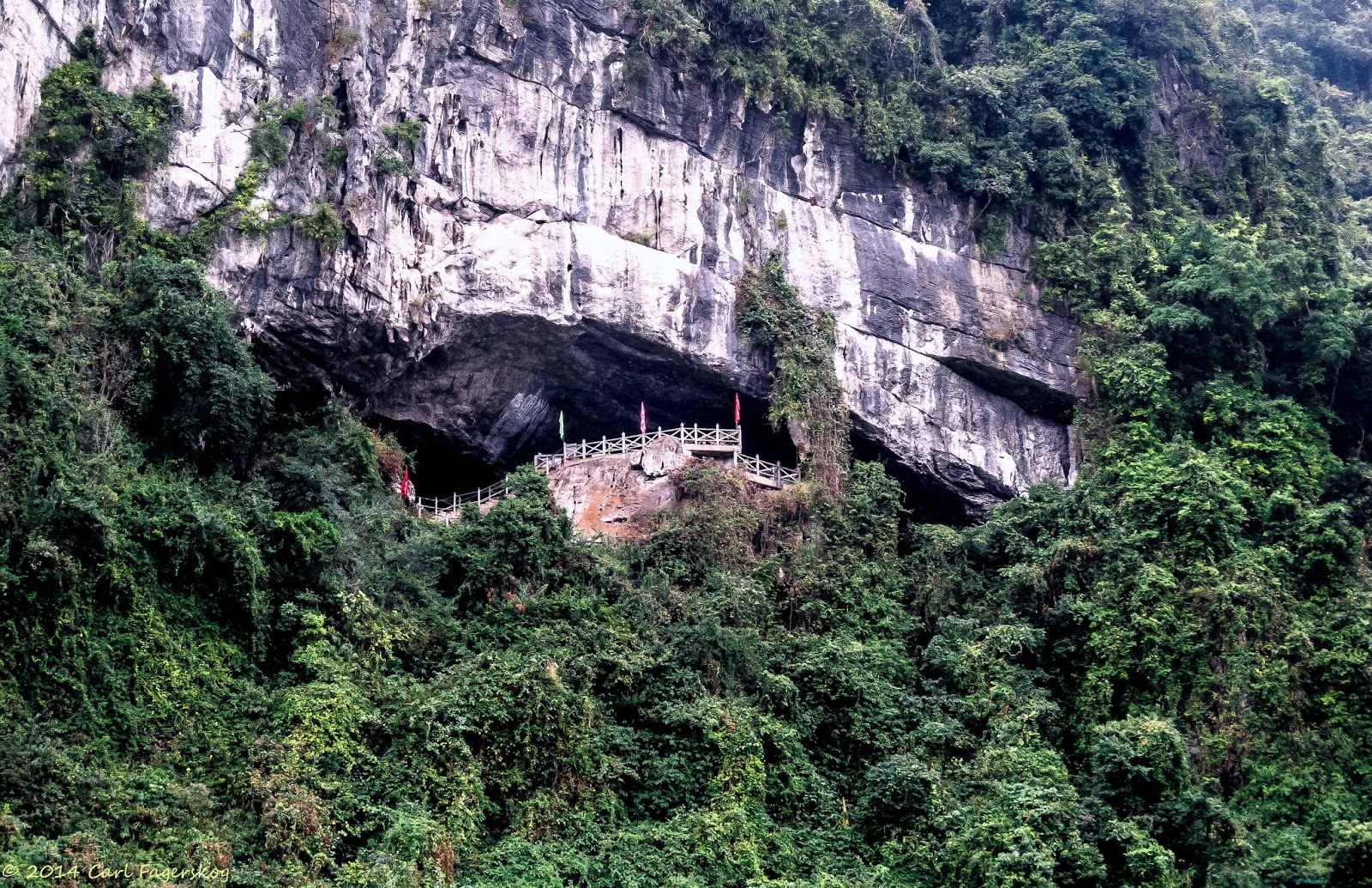
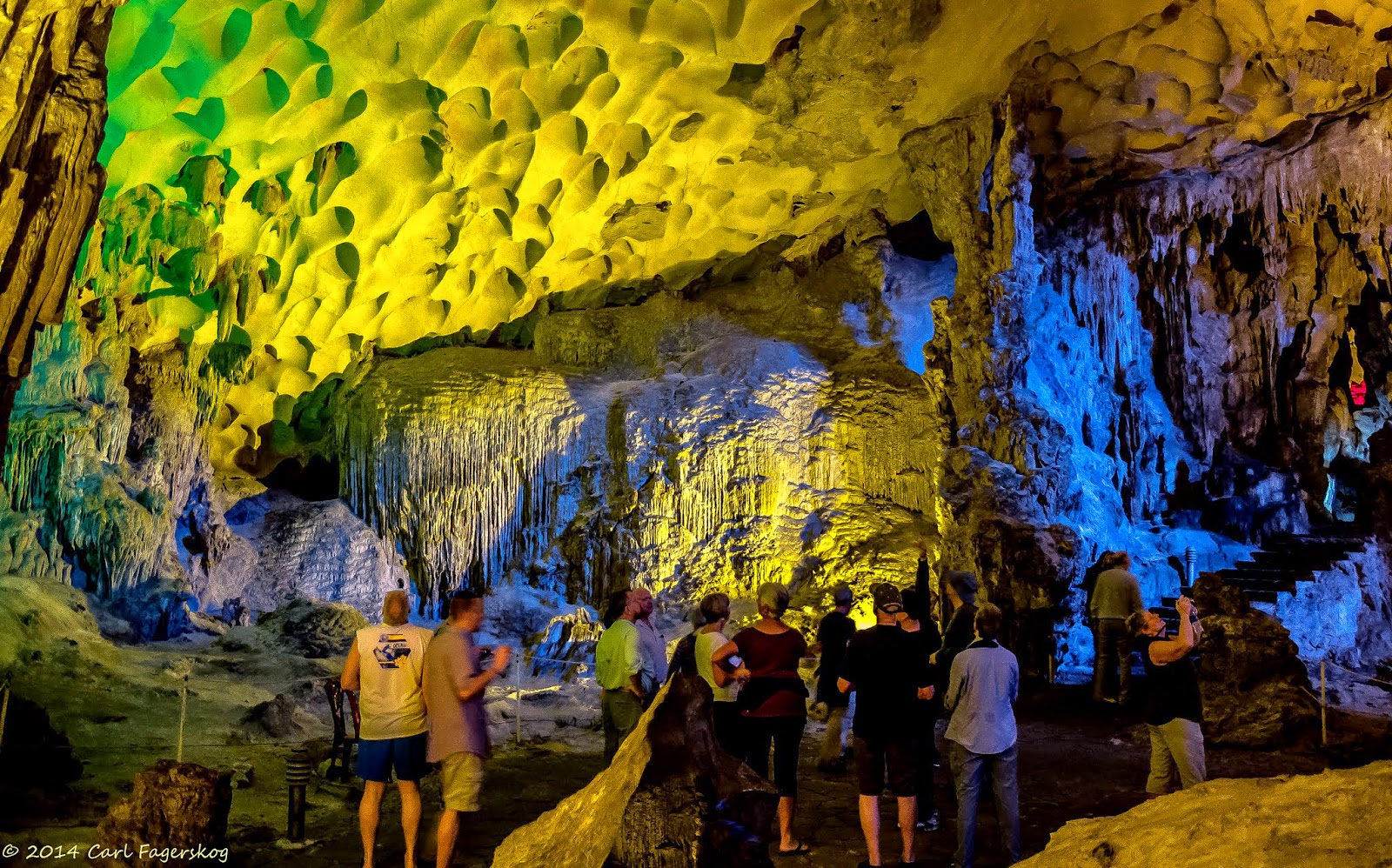

.jpg)
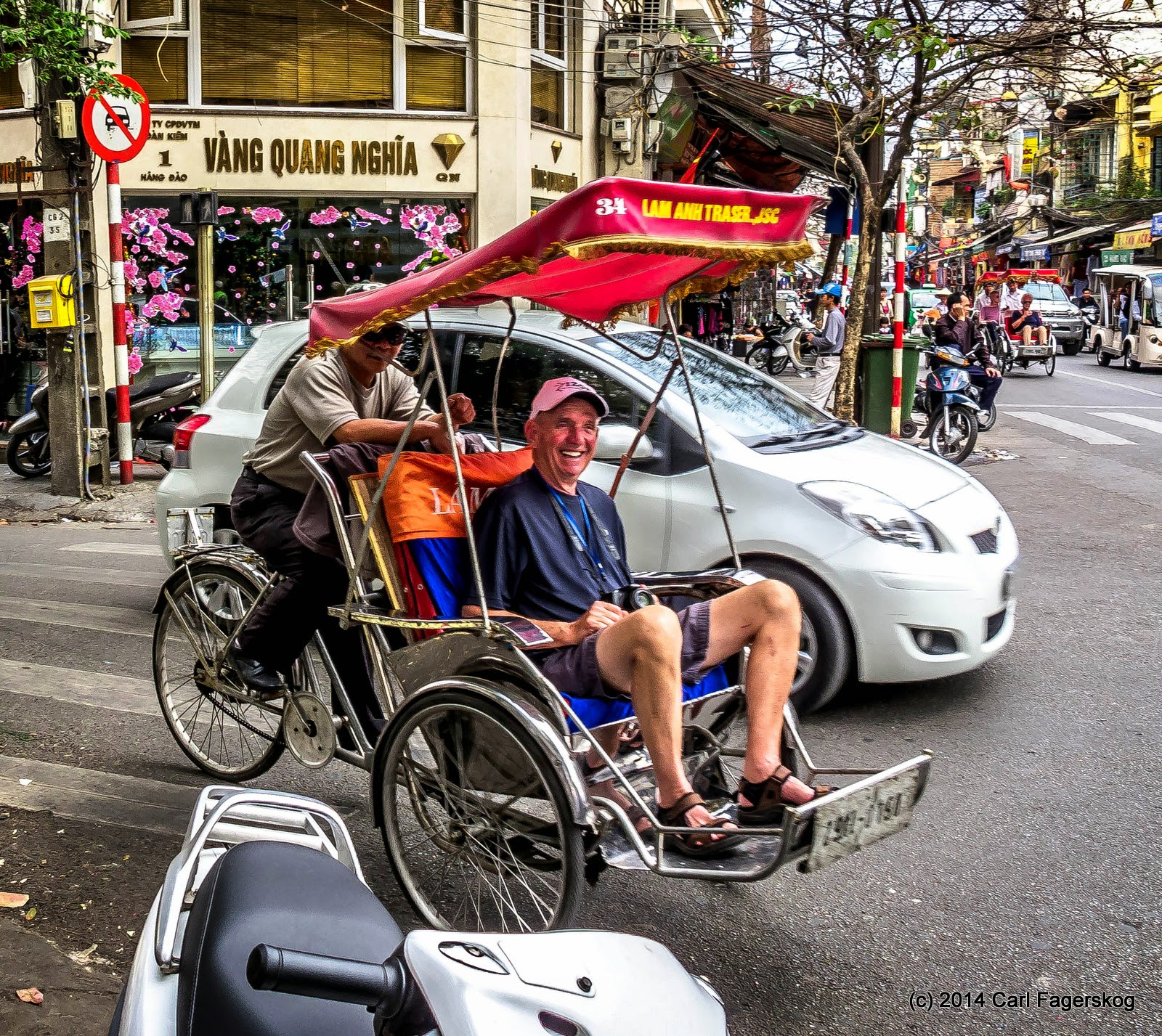
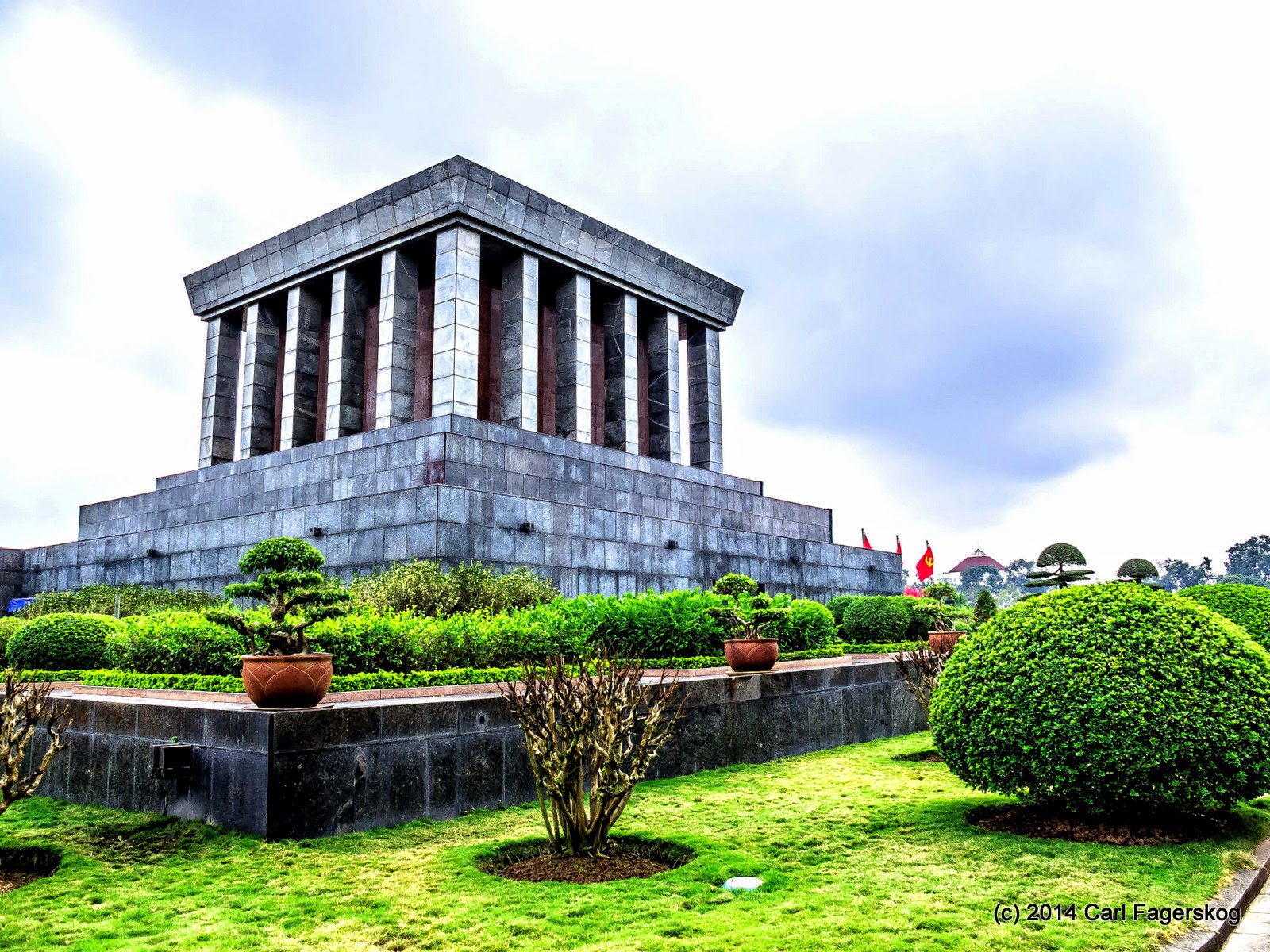

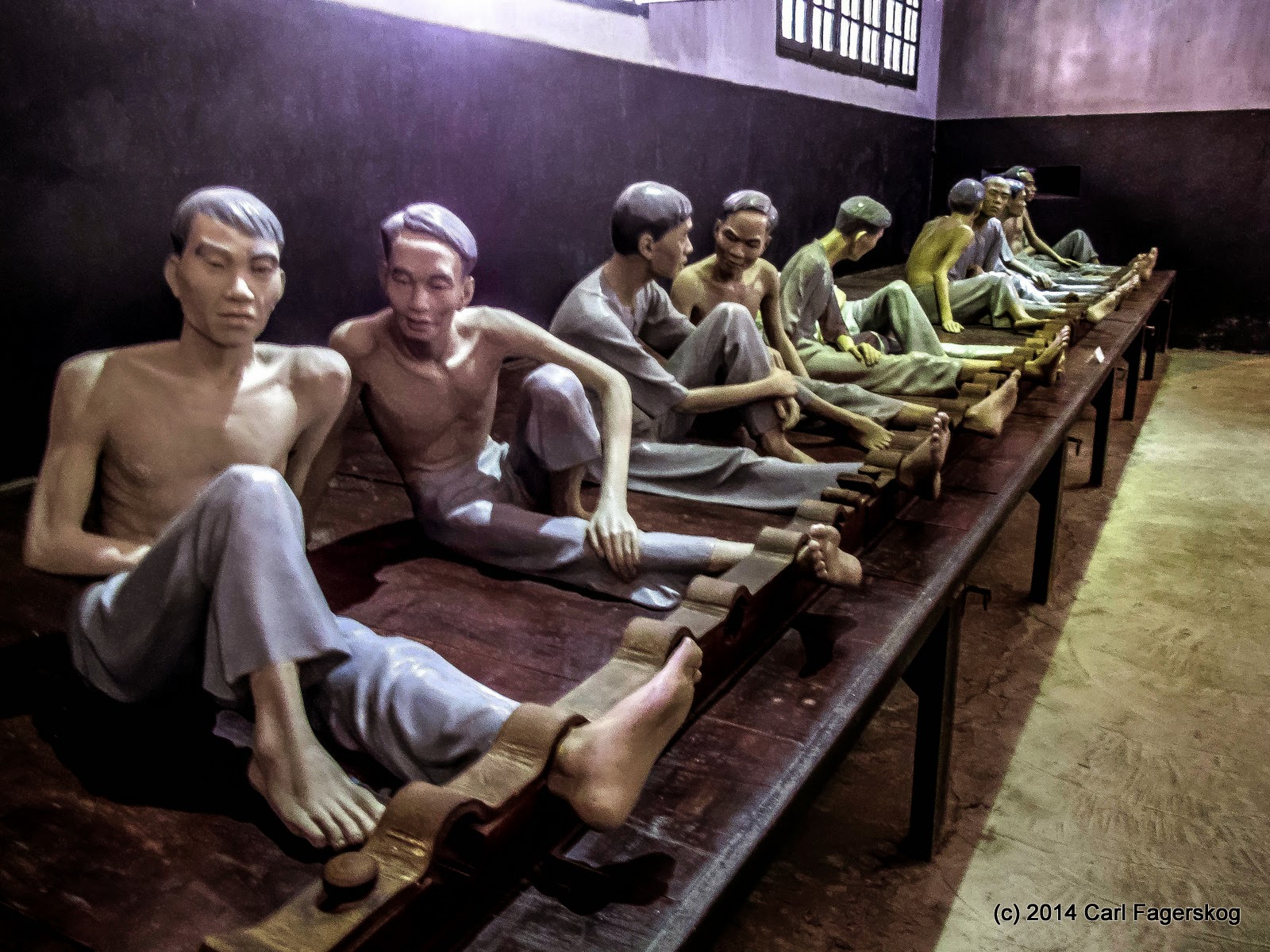







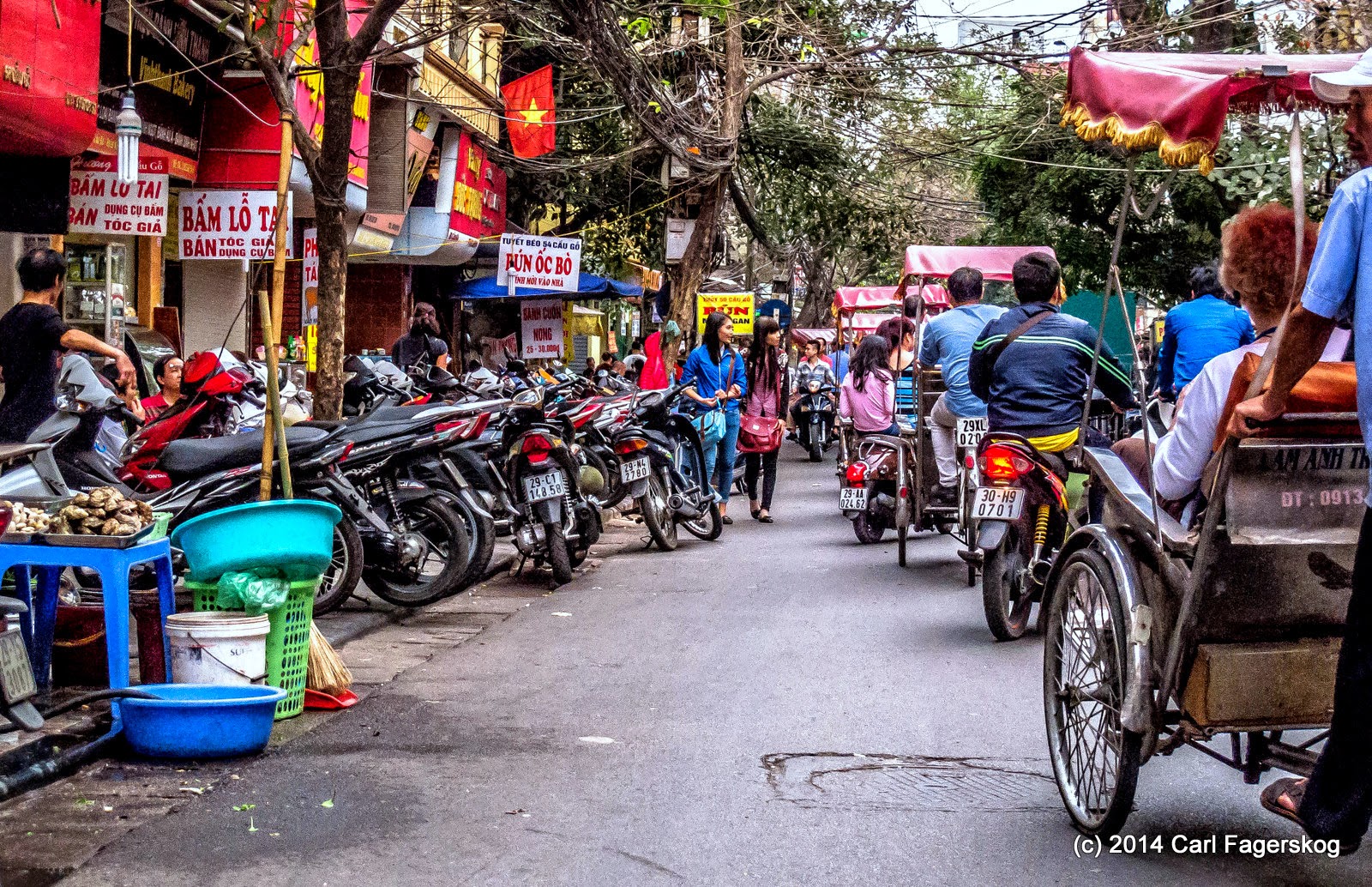
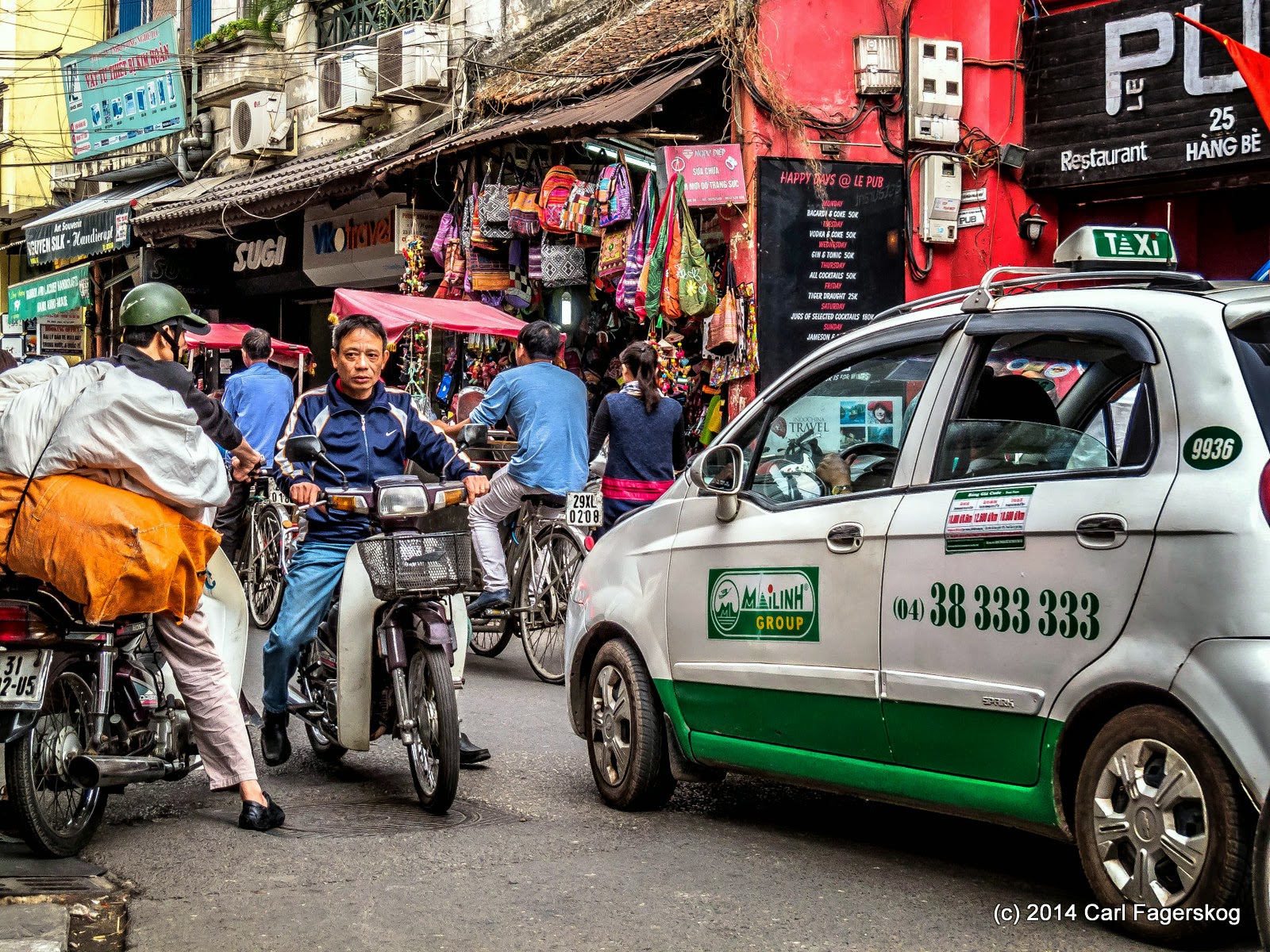
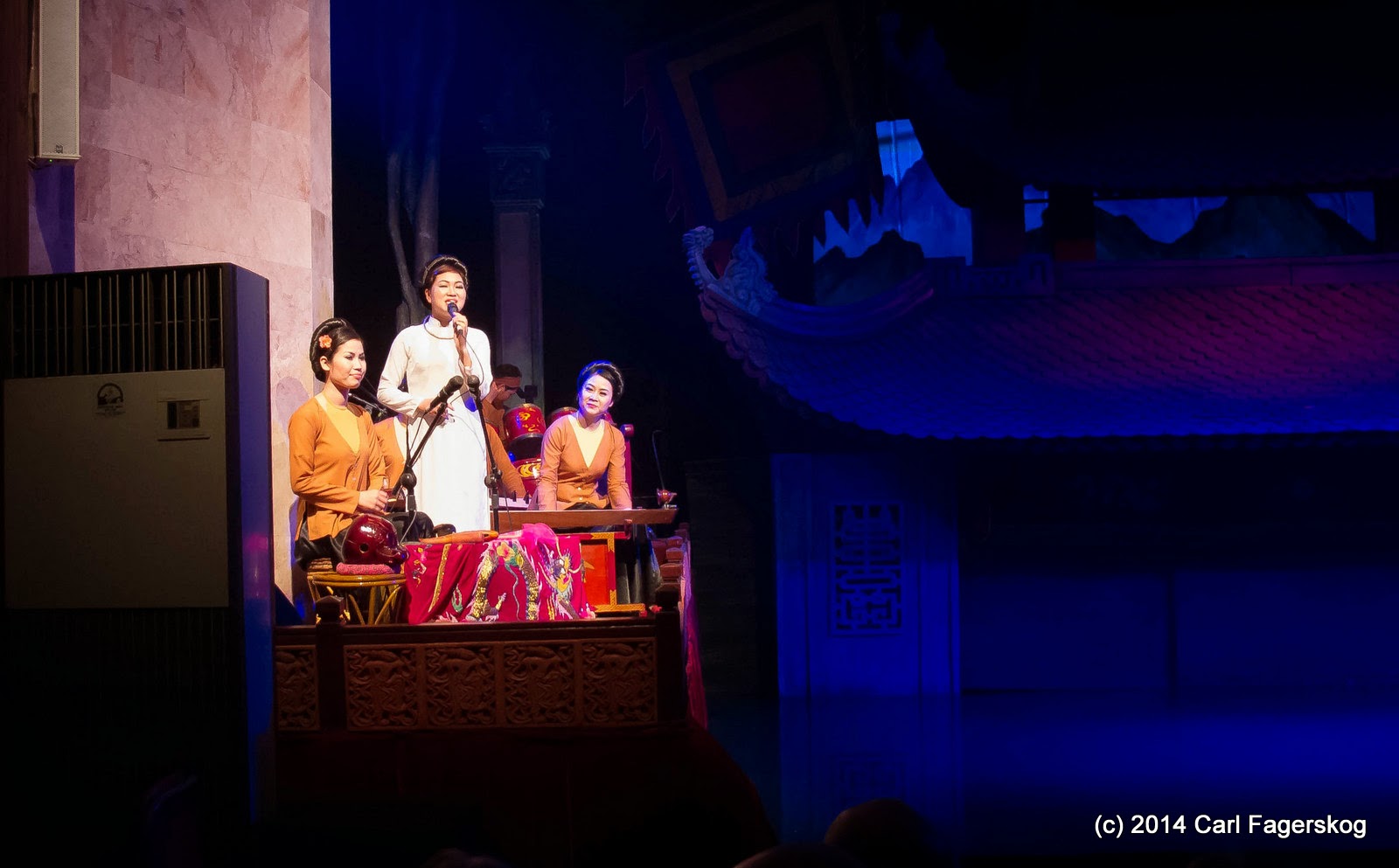

.jpg)